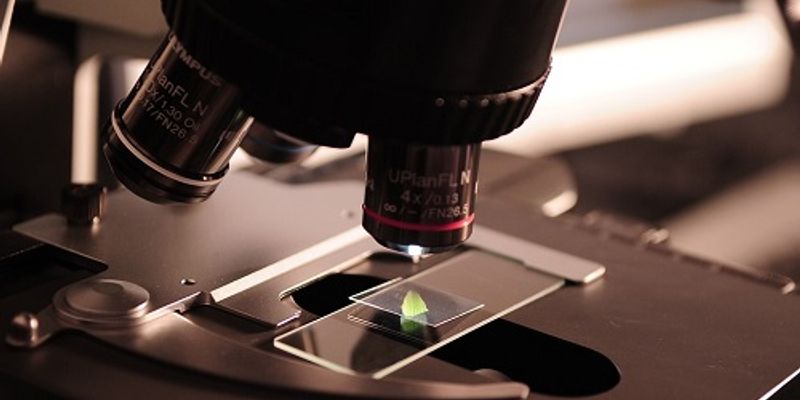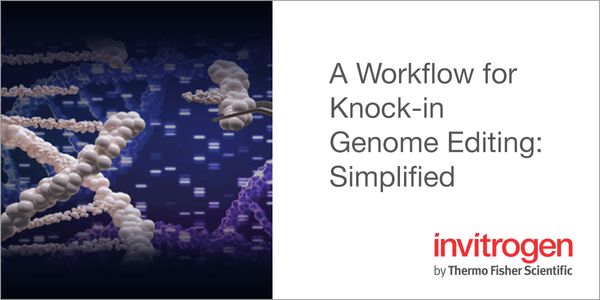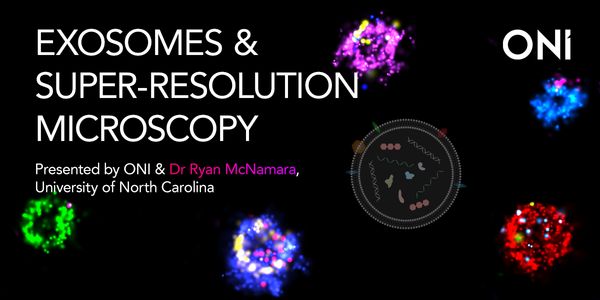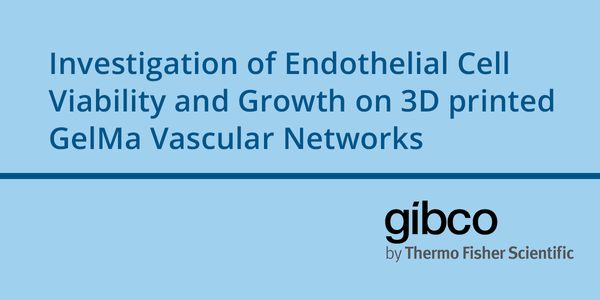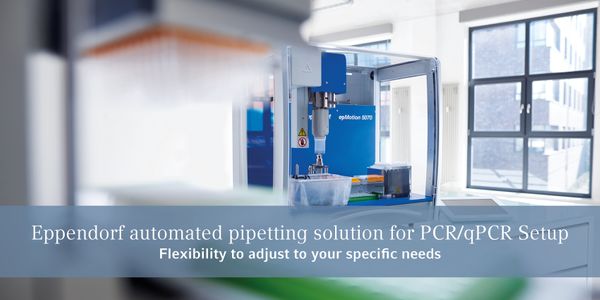NOV 12, 2019 | 10:00 AM
DATE: November 12, 2019TIME: 10:00am PSTDirect measurement of copy number by droplet-based shallow sequencing of genomic DNA has the potential to provide new insights into tumor heterog...
OCT 31, 2019 | 9:00 AM
DATE: October 31, 2019TIME: 9:00am PDT, 12:00pm EDT INTRODUCTION: A major limitation for the development of 3D engineered tissues is the absence of viable and perfusable...
OCT 22, 2019 | 9:00 AM
DATE: October 22, 2019 TIME: 9:00am PDT, 12:00PM EDT...
In this webinar, we will be discussing some of our most recent testing using our Cas9 proteins, Cas9 RNP nickases in a variety of human cell types, including primary T-cells. Cas nucleases wh...
CRISPR based gene editing has proven to be an incredibly powerful tool for studying functions of individual proteins, understanding the role of multi-gene pathways, and even knocking out prot...
